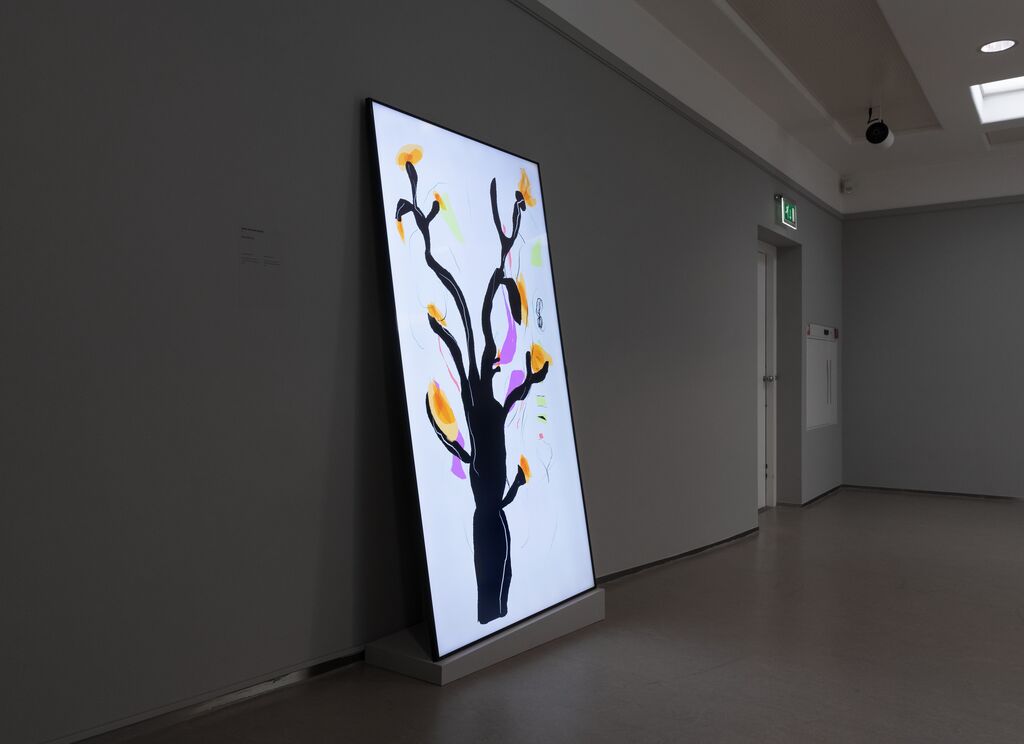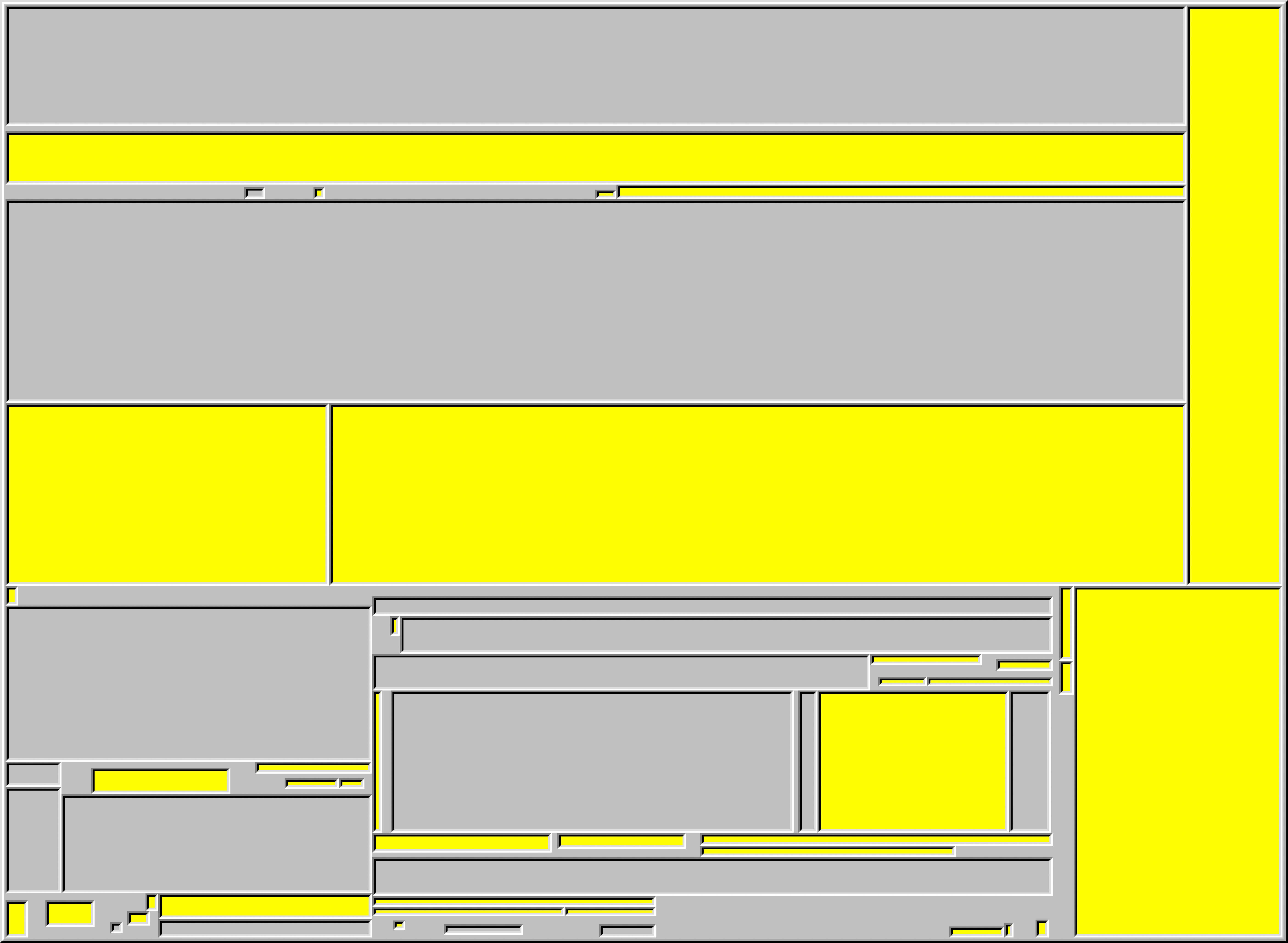Contemporary digital art
The two artists are among the avant-garde of contemporary digital art. In 2015, Harm van den Dorpel became the first artist in the world to sell his digital artwork as NFT to a museum. An NFT is a digital proof of ownership, which can easily be exchanged, but not duplicated. Jan Robert Leegte is at the forefront of artists creating art on the internet. Both work extensively with algorithms and computer interfaces. As their digital artworks are based on self-programmed sets of rules, they are perpetually evolving in time and (cyber)space.

Fernand
In Fernand, Harm van den Dorpel uses algorithms to gradually blend together 25 drawings that he sketched on the touchpad of his laptop. For these drawings, he takes inspiration from Léger's often cavorting, sometimes erratic forms, his use of colour and the graphic layering of his paintings. The result is an endless stream of full-screen images with unexpected combinations and compositions generated by the computer.

Frames
Frames by Jan Robert Leegte is also a generative computer work. Computer-generated compositions of frames and areas of colour emerge at fixed time intervals. Every composition is unique and will not repeat as long as the work is switched on. Leegte translates the view of the rooftops in Léger’s series Fumées sur les toits into the computer aesthetics of the 1990s. Referring to the smoke above the rooftops in Léger’s paintings, Leegte allows areas of colour to rise up and drift in the frames, seen through the window of the computer screen.
